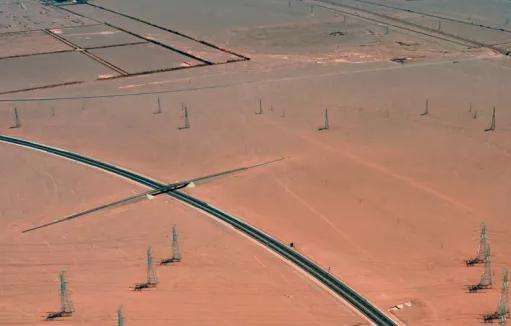1. Steam
One of the first ways to power mechanical engines was steam. Although it is not very effective, after the collapse of human civilization, many objects will be burned. A steam engine can use heat to boil water and turn it into steam, then the steam expands to push the piston or other mechanical elements to move, generating electricity.
2. Internal Combustion Generators
Internal combustion generators are quite common these days and run on gasoline, propane, diesel or natural gas. They work a bit like a car engine: small explosions move the pistons, which in turn cause the magnets to produce electricity. The advantage of an internal combustion generator is that it only needs to be started when power is needed. This avoids wasting energy.
3. Wind energy
Theyare often called "hybrid systems", combining solar energy, because wind and solar energy production methods are intermittent. An interesting alternative is a complementary Feng Shui system, which uses wind power to pump water into elevated troughs. When it's time to generate electricity, water is released to create kinetic energy.
4. Water power
Humans have been harnessing the energy of rivers and streams for some time, for example by building huge hydroelectric dams. Many companies build turbines for domestic use in rivers and streams, and some of the most efficient models are powerful enough to power average-sized homes. Small turbines, pumps or water wheels can produce electricity 24 hours a day, regardless of weather conditions.
5. Energysolar
The sun is perhaps the most reliable source of energy because its lifespan is billions of years longer than that of humans. Most solar home systems do not store the excess energy they generate, but feed it back into the main grid. The grid is gone and batteries are needed to store it.
People's Daily online - Review of 7 ways to produce electricity after the end of the world
The different types of power generation have different methods of power generation, which are specifically divided into:
1. Thermal Power
The method of producing electricity using the energy contained in fossil fuels such as coal, oil and natural gas is collectively called thermal power generation. According to the method of electricity generation, thermal energy production is divided into prodcoal-fired steam turbine power generation, oil-fired steam turbine power generation, gas-steam combined cycle power generation and internal combustion engine power generation.
2. Hydroelectricity
Hydroelectricity is a complete engineering installation that converts water energy into electrical energy. It generally includes a reservoir formed by water retention and drainage buildings, a water diversion system from a hydroelectric power station. , and power plant building, electromechanical equipment, etc.
The high level water from the reservoir flows into the factory building through the water diversion system to drive the hydroelectric generator set to generate electric power, which is then injected into the electrical network via the step-up transformer. , switching station and transmission line.
3. Wind energy
Wind power uses wind energy to turn the blades of the windmill, then increases the rotation speed through a speed multiplier to cause the generator to produce electricity. According to current wind turbine technology, electricity production can begin at a breeze speed of around three kilometers per second (the degree of breeze).
4. Nuclear energy
The nuclear power plant is a new type of power plant that uses the energy contained in the core to produce electrical energy. Nuclear power plants can be roughly divided into two parts: one is a nuclear island that uses nuclear energy to produce steam, including reactors and primary loop systems; the other is a conventional island that uses steam to generate electricity, including a turbine-generator system; .
Electricity in the 18th century:
In 1767, Joseph Priestley conducted experiments and discovered that electric force acted inside a charged metal container. is zero. From this experimental result, he accurately guessed that the attraction and universal gravitation of charged objects acting on each other obey the same law.
In 1785, Charles Coulomb used a torsion balance to conduct experiments that confirmed Priestley's conjecture. The force exerted by two charged objects on each other is inversely proportional to the square of the distance. It establishes the fundamental law of electrostatics, Coulomb's law. At this point, the study of electricity was elevated to the status of an exact science.
In 1791, Luigi Galvani discovered that if a frog is connected to an electrostatic generator to form a closed circuit, and then the electrostatic generator is turned on, the frog's muscles will tremble. This experience ofshows that nerve cells depend on electrical media to transmit signals to muscles. He thus created the academic field of bioelectricity.














